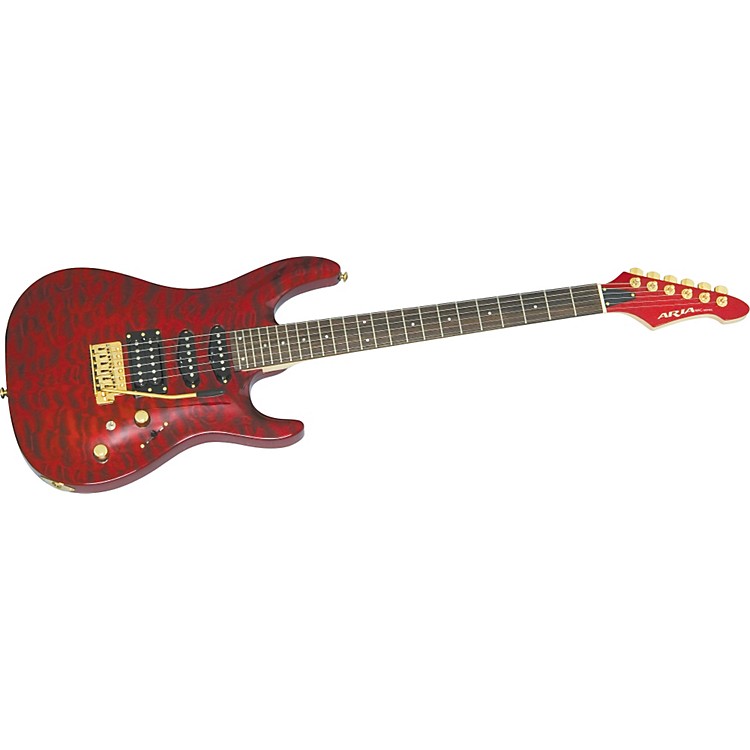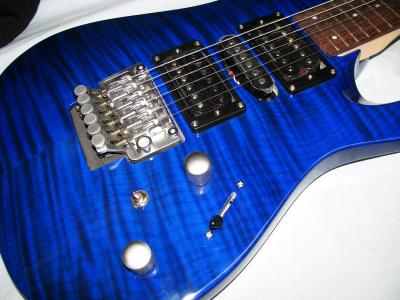


Choose a mono input for monophonic instruments (with a single channel), and choose a stereo input for stereo instruments (with a pair of channels). If the audio interface channels don’t appear in the menu, choose GarageBand > Preferences, click Audio/MIDI, then choose the audio interface from the Audio Input pop-up menu. If the guitar is connected to an audio interface, choose the channel number for the microphone. If the guitar is connected to a USB port, choose the microphone. If Built-in Input doesn’t appear in the menu, choose GarageBand > Preferences, click Audio/MIDI, and choose Built-in Input from the Audio Input pop-up menu. If the guitar is connected to your computer’s audio input port, choose Built-in Input. In the Recording Settings area, choose one of the following from the Input pop-up menu: In GarageBand on Mac, select the audio track.Ĭlick the Smart Controls button to open the Smart Controls pane. Use iCloud to share a project to for iOS.If your lesson doesn’t finish downloading.Choose the input source for your guitar.Create key changes with the Transposition track.Create tempo changes with the Tempo track.Build a project with arrangement markers.Compare an edited Smart Control with its saved settings.Change the Bass Amp Designer signal flow.Choose and place the bass amp microphone.Rename MIDI regions in the Score Editor.

Quantize note timing in the Score Editor.View and edit music notation in the Score Editor.Use automation in the Piano Roll Editor.Rename MIDI regions in the Piano Roll Editor.Transpose regions in the Piano Roll Editor.Quantize note timing in the Piano Roll Editor.Edit MIDI regions in the Piano Roll Editor.Add third-party Apple Loops to the Loop Browser.Record to multiple software instrument tracks.Record multiple software instrument takes.Record your voice or a musical instrument.View patches for a particular sound pack.Change the sound of a track using patches.Turn on input monitoring for audio tracks.Control projects remotely using Logic Remote.Control playback with the transport buttons.You need to bring your own music and your own guitar.įor music sheets/books and guitar if you do not have these. Please contact us to discuss your specific situation and needs. Students can be accompanied by their own carer or support worker and the room is wheelchair accessible. You need good upper body and manual dexterity. The course may be accessible for people with disabilities. It is suitable for complete beginners with no previous guitar playing experience and more advanced students. This course is open to both children and adult learners and students of all levels. In order to progress students are expected and must be prepared to practise between lessons and need access to an instrument to do so. Bring your own music and receive feedback and support in developing your guitar playing skills. Sessions are tailored to suit each individual. Learning can include identifying notes across the whole fret board, basic improvisation, power chords/movable barre chords, all while playing in a style of your choosing. This course will cover guitar techniques tailored to suit each individual from beginners to advanced. If the tutor is running more than 5 mins late make up time will be offered on another occasion. The tutor teaches back-to-back sessions, students should arrive 5 mins before their lesson to tune their instrument and late comers will lose lesson time. You will receive 25 mins teaching and the remaining time for arrival and pack up. Note: These are individual 30 min sessions with the tutor. Learn the basics or develop your skills and knowledge further while playing in a style of your choosing.


 0 kommentar(er)
0 kommentar(er)
